Huawei P9 Plus Review - Camera Review
Camera
A bigger version of Huawei's best phone
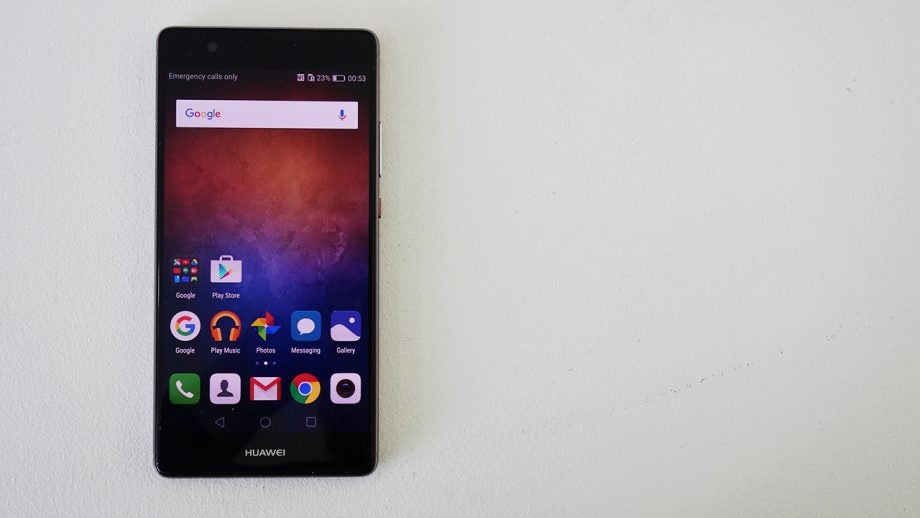
Sections
- Page 1 Huawei P9 Plus Review
- Page 2 Performance and software Review
- Page 3 Camera Review
- Page 4 Battery life and verdict Review
Huawei P9 Plus – Camera
Leica is a big name in the world of photography, so slapping the highly respected brand’s logo on your phone implies it’s going to have some seriously strong camera prowess.
Let’s get the elephant in the room out the way first; while there is Leica branding on the back, this isn’t a Leica-made camera. The only thing Leica did was give Huawei its blessing to use the branding.
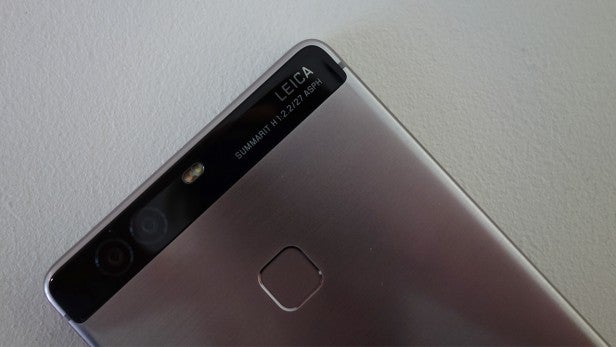
A marketing gimmick it may be, but I still really like the Plus’ cameras. They’re not quite as good as the Samsung Galaxy S7, Note 7 or LG G5. But, they’re comparable to the iPhone 6S and HTC 10 and come with a load of neat tricks thrown in.
Instead of just one, there are two 12-megapixel, Sony-made sensors on the back of the Huawei P9 Plus. One is your typical RGB sensor, which captures the colours, while the other is just monochrome. There are a couple of reasons why this is more than just gimmick; it lets you take excellent looking black and white shots that aren’t covered by a filter and it lets tonnes more light in, improving low-light performance.
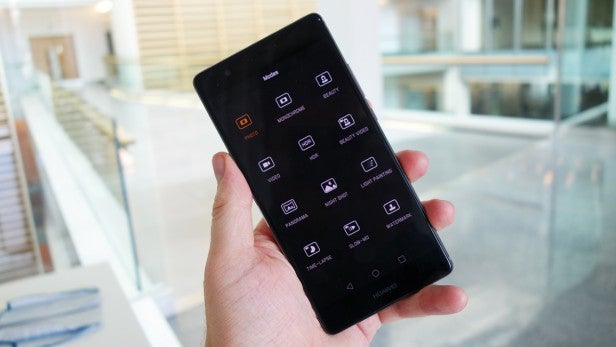
Daylight photos are really good. Colours are vibrant, focusing is fast and and skin tones look accurate.
It’s not perfect though, The auto setting works well most of the time, but it does suffers from a few odd issues. Pictures are all more than usable, but the camera has a tendency to add a subtle vignette effect around the border of snaps. The camera also struggles with exposures in bright conditions, resulting in unbalanced images with slightly inaccurate, exaggerated contrast levels.
I had the same issues with the regular P9, and put it down to the way the dual-lens system was set up. It’s a minor criticism though, and you’ll probably only notice it if you look out for it.
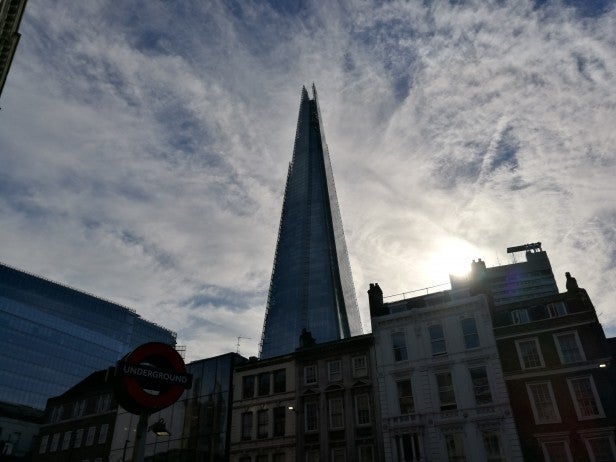 Daylight shots are good, with plenty of detail
Daylight shots are good, with plenty of detail
The P9 sensors have 1.25μm (micrometer) pixels and the lenses have a rather disappointing f/2.2 aperture. A wider aperture (lower f-number) means the camera sensor will be able to capture more light and perform better in darker situations. The Galaxy Note 7 has an f/1.7 aperture and captures 1.4µm pixels while the HTC 10 has an f/1.8 aperture and captures gigantic 1.55µm-sized “UltraPixels”.
The extra monochrome sensor appears to offsets this slightly narrow aperture, as low-light results are still pretty good however. Details aren’t full of noise and the software manages to add some brightness in that doesn’t look wildly inaccurate.
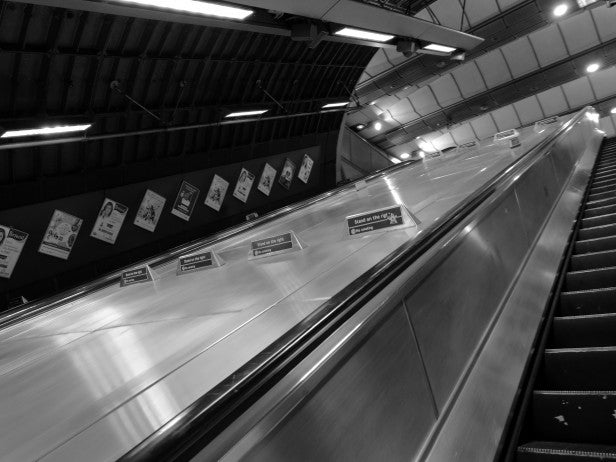 Monochrome pictures get good results, but they’re hard to focus
Monochrome pictures get good results, but they’re hard to focus
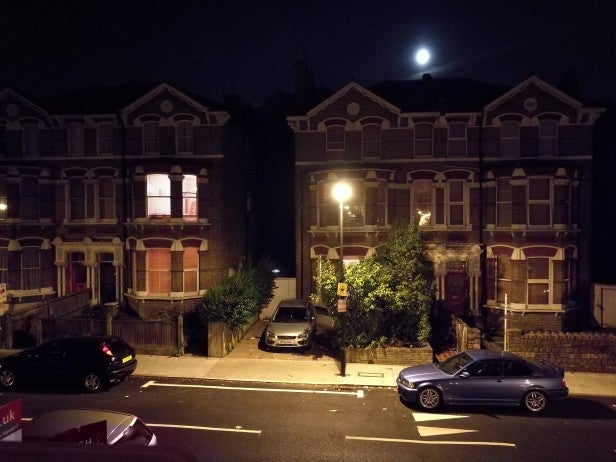 Even in the dark it takes some decent pictures
Even in the dark it takes some decent pictures
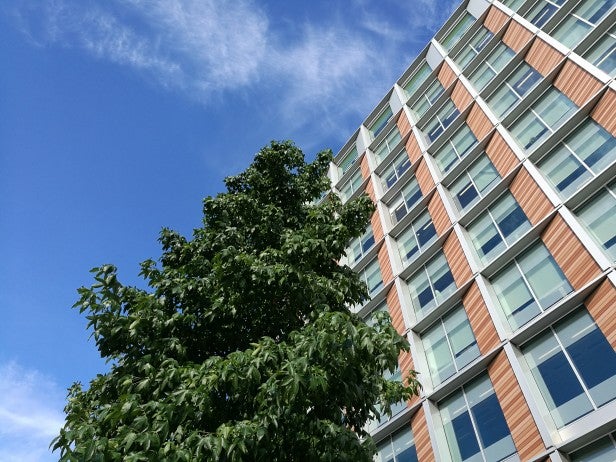 Colours are bright
Colours are bright
 And there are plenty of sharp details
And there are plenty of sharp details
The Huawei P9 Plus also has lots of camera modes. There are 14 in total, ranging from the awful Beauty mode to the pretty but time-consuming Light Painting. Monochrome is my favourite, as the results look exceptional.
A lot was made of the ‘bokeh’ effects you can achieve with the Leica branded camera. But, it doesn’t live up to the hype. Instead of achieving a bokeh (this is where the foreground stays in sharp focus, while the background blurs out) through the camera tech, the Huawei P9 Plus does it through software. This leaves some odd blurring around details and a general unnatural tone.
Video recording is limited to 1080p, but it looks great and the 8-megapixel selfie camera is also good. Just steer clear of the beauty mode, as it makes you everything but beautiful.
How we test phones
We test every mobile phone we review thoroughly. We use industry standard tests to compare features properly and we use the phone as our main device over the review period. We’ll always tell you what we find and we never, ever, accept money to review a product.


